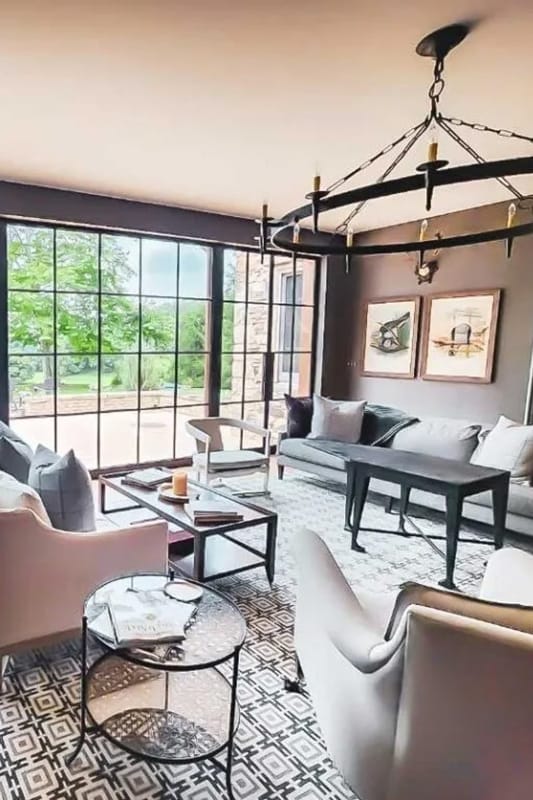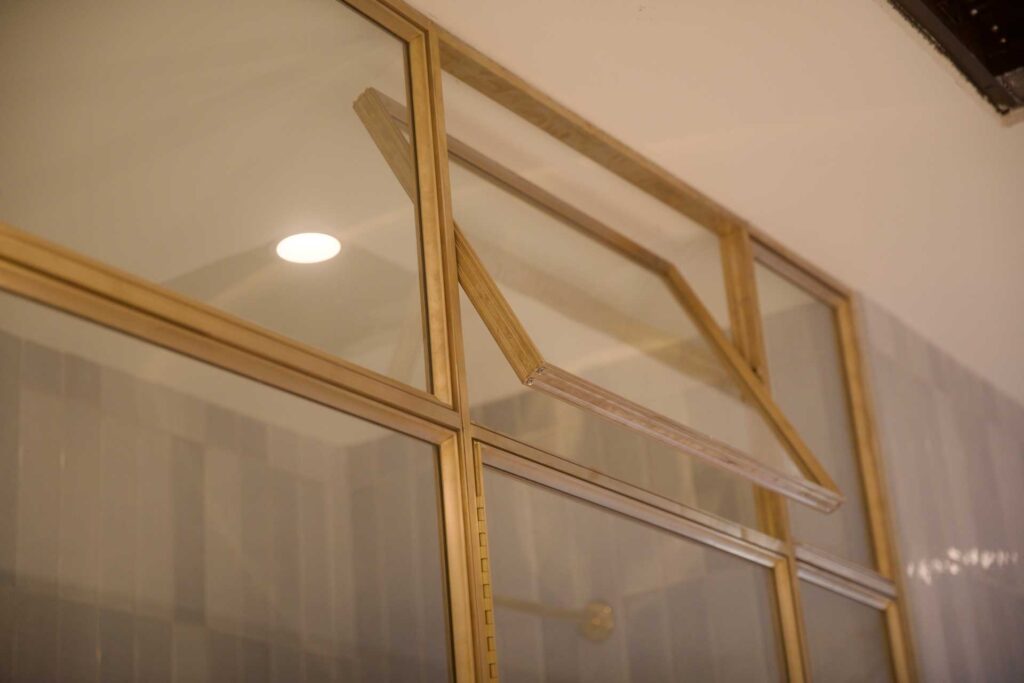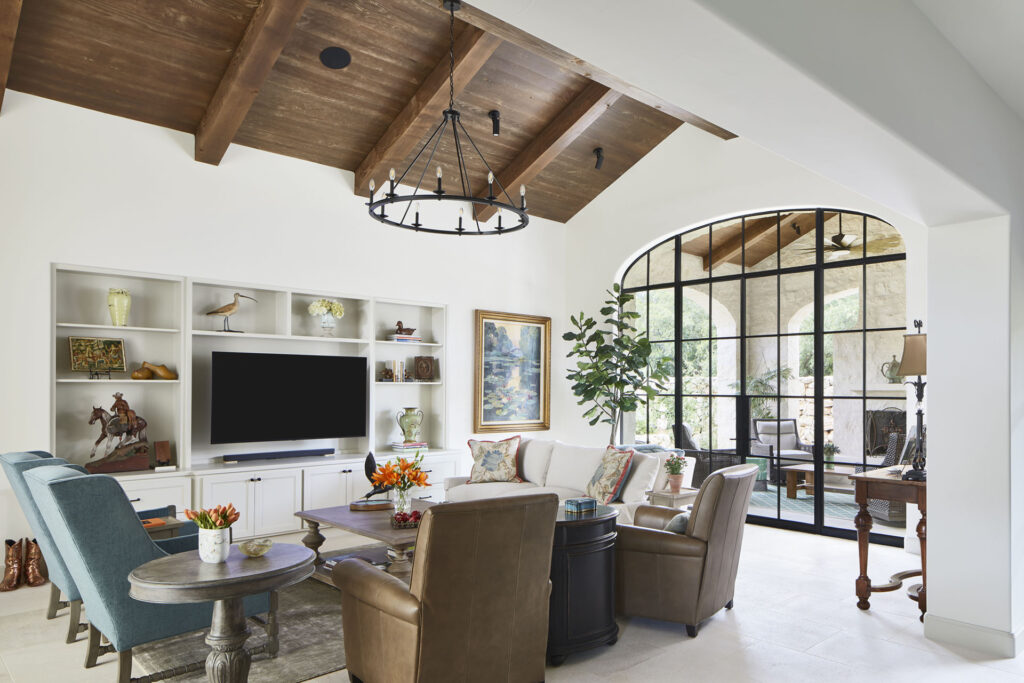In many ways, bronze is woven into the very fabric of human history – it’s been in use by craftsmen in ancient cultures since the Bronze Age, some 4,500 years before the first recorded instance of steel production.
While the earliest bronze was used to make functional things like tools and weapons, as human ingenuity moved on it became synonymous with history and luxury – a material revered by artists and architects, used for iconic sculptures and adorning landmark buildings.
Today, wherever bronze is used, it evokes a feeling of prestige and permanence that has been carried down through generations – a tribute to the timeless beauty, versatility and durability of this incredible material. Let’s take a look at some of the ways bronze has been used in art and architecture over time, and why it still holds people in its spell today.
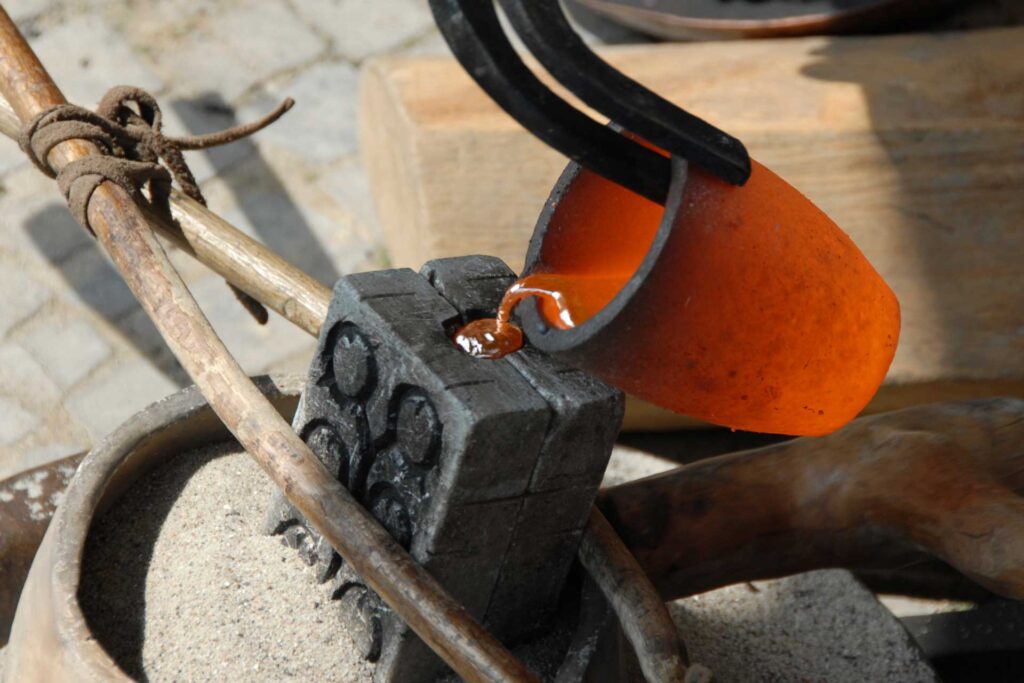
When was bronze first discovered?
An alloy of copper and tin, bronze is one of the earliest man-made metals. Archaeological study shows it was first used around 3300 BC, when people discovered that combining copper with small amounts of tin created a much harder and more durable material than pure copper.
This marked the beginning of the Bronze Age, which transformed tool-making, weaponry, and artistry. In regions such as Mesopotamia, Egypt, China, and the Indus Valley, the adoption of bronze allowed for more effective agriculture, warfare, and craftsmanship, which transformed society. Later, bronze was also used extensively in art, with notable examples in Greek, Egyptian, and Chinese sculptures and artifacts.
The dominance of bronze persisted until around 1200 BCE, when ironworking technology began to emerge and eventually replaced bronze for many utilitarian purposes.

Bronze in the world of art
By that time, bronze had come to hold symbolic and artistic significance. Its ability to capture fine detail made it ideal for sculptural work, allowing artists to create realistic human and animal forms that increasingly popped up in religious and ceremonial contexts, especially in Greek and Roman cultures.
In the Middle Ages, bronze casting techniques spread across Europe. The Renaissance saw a revival of bronze sculpture in Italy, with masters like Donatello and later, Michelangelo, pushing the boundaries of expression in bronze statues and portrait busts. The metal’s reusability and long lifespan made it ideal for preserving lifelike representations of the human form.
By the 19th and 20th centuries, bronze was essential to pioneering sculptors like Auguste Rodin and Henry Moore, who leveraged its versatility for large-scale installations and abstract forms – its durability and corrosion-resistance ensuring that these great works of art are still enjoyed to this day.

Bronze in the world of architecture
As a construction material, bronze has long been revered by architects and artisans alike. Bronze combines strength and longevity with superb ductility and malleability that makes it ideal for manufacturing ornate doors and window frames, but also for decorative details.
Since bronze was relatively scarce in ancient times, it was reserved for sacred and monumental buildings – typically churches, temples, and castles. During the Renaissance period, its use became more widespread, especially in Italy, where it adorned churches and palaces.
Bronze doors, such as those crafted by Lorenzo Ghiberti for the Florence Baptistery, became masterpieces of relief sculpture, combining form and function. As architecture became more ambitious in the 19th century, bronze was increasingly used for structural details in railings, staircases, windows, and facades.
In the modern era, architects like Louis Sullivan and Frank Lloyd Wright made bronze a defining material of Art Nouveau and Art Deco architecture, embellishing buildings with intricate, burnished details and smooth, flowing lines. Architectural bronze is still a signature feature of many iconic buildings, from the Paris Metro to the Chrysler Building and the New York Stock Exchange.

Where symbolism meets performance: bronze for the future
Given its association throughout history with sacred and landmark architecture, bronze has become synonymous with wealth, sophistication, and permanence.
Its use was often a conscious choice to convey strength and legacy – and in modern architecture, using architectural bronze signifies a link to this rich tradition. It’s a material that continues to symbolize luxury, history, and enduring beauty, making it a powerful choice in contemporary, high-end architecture.
A timeless investment
But it’s not just the prestige bronze offers that makes it such a timeless choice – it’s also the performance. Architectural bronze’s distinctive patina—its transformation from a golden-brown hue to a rich, aged green or brown over time—is a valued trait that many other materials cannot replicate.
This patina adds a timeless aesthetic appeal, but also protects the metal against corrosion and rot, especially in coastal settings where a high salt content in the air can rust out even galvanized steel in just a few short years. Architects often consider how bronze will age when designing buildings, knowing its patina will enhance the structure’s charm as the years pass.

Our solid bronze fenestration and enclosure systems are a perfect example of how advanced technology – in our case, precision extrusion – can breathe new life into this timeless material, by crafting products with refined aesthetics that dovetail effortlessly with 21st century waterproofing, thermal breaks and glazing to deliver future-proof performance.
Investing in solid bronze isn’t just an investment in prestige, it’s an investment in heirloom quality architecture that will continue to delight and inspire for many generations to come.
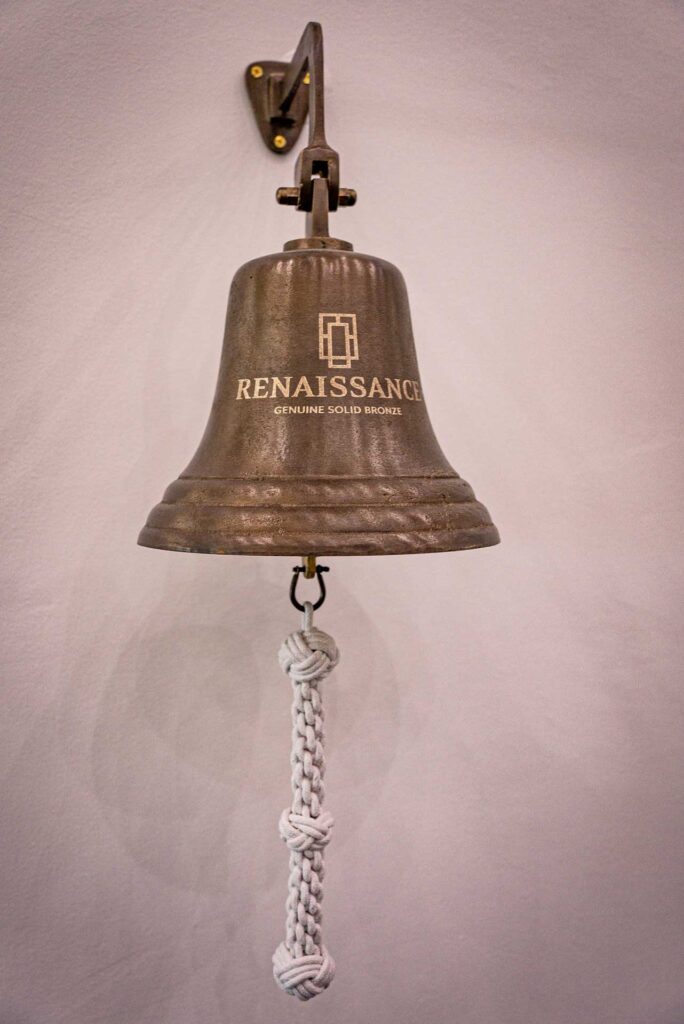
Want to learn more?
For further information about our custom bronze products, including our design and artisan manufacturing processes and how they can enhance architectural projects, get in touch.
